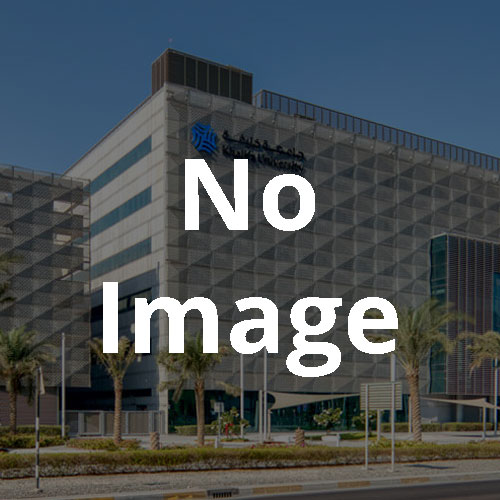
Characterizing porosity, absolute permeability and elastic properties in cored area from oilfield reservoirs is a crucial step to evaluate hydrocarbon reserves. This characterization is more challenging in carbonate rocks representing half of the world reservoirs, which is also the main type of reservoir in the United Arab Emirates. Their high heterogeneity due to presence of pores at macro, micro, and nano scales resulting from diagenesis makes rock properties characterization very complex. Measurements obtained in the laboratory are effective measures that do not reflect the variability and effect of each range of pore sizes (nano, micro, and macro).
In the last decade, several developments in numerical simulations of rock properties known as Digital Rock Physics showed the ability to estimate reliably rock properties using images in sandstones but failed in several cases in carbonates. Since 2010, Khalifa University has developed software tools and expertise in this domain though projects funded by the ADNOC R&D Oil Subcommittee: Rock Physics Model for Fluid Substitution in Carbonates (2010-2013); Validation and Optimization of Digital Rock Physics in UAE Carbonates Project (2014-2015); Experimental and Digital Rock Physics: Mechanical Properties and Flow Properties from Nanotomography to Core Scale Analysis (2014-2017).
The 3D images obtained using X-ray Micro-tomography or Focused Ion Beam (FIB) allow investigating core samples to model solid frame and pore network at very high resolution. Due to physical limitations of detectors sizes in scanning devices, it is not possible to image macro, micro, and nano pores in the same acquisition. The general strategy to deal with this limitation is to use X-ray micro tomography to scan standard cylindrical rock core plug with a 1.5-inch diameter at a coarse scale (resolution 20 μm). Then smaller subsets are extracted and scanned at fine scale (resolutions 1μm to 4μm). Numerical simulations allow estimating numerically rock properties on digital models of subsets. However, due to the very small size of subsets it is not possible to validate these simulations experimentally in laboratory. Also, producing numerical simulations at several scales for different locations can be time consuming.
In this project, we have two main objectives; the first consists of studying the feasibility of using 3D printing technology to print extracted subsets in larger scale to make laboratory experiments feasible. Producing these 3D print of rock subsets will allow validating our simulations experimentally at laboratory scale. The second objective is to use texture analysis and machine learning along with 3D printing results to simulate rock properties in complex carbonates rocks. The project will benefit geoscientist and petroleum engineers in the UAE as it will help understand the effect of micro and nanoscale structure in oilfield reservoir rocks.
